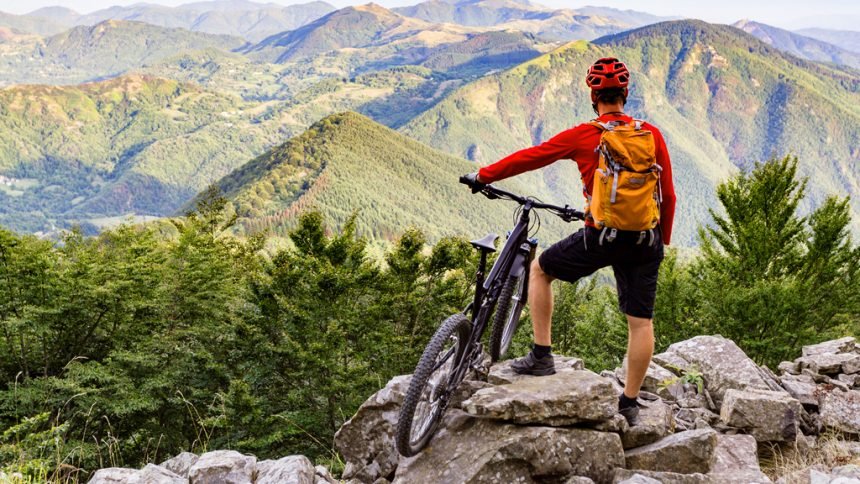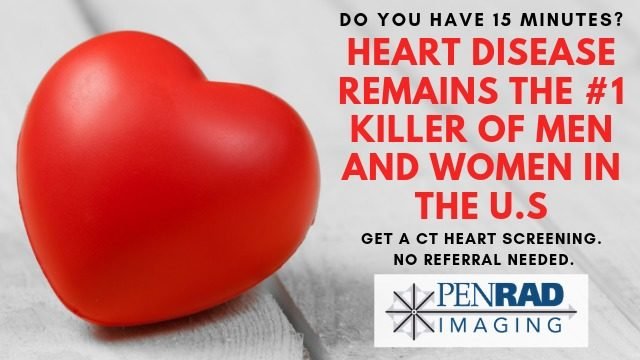Summer Sports Injuries and Prevention in the Great Colorado Outdoors

Sponsored Content
It’s summertime. Cloudless skies, sunshine, warm temperatures and an abundance of recreational activities draw locals and visitors to trailheads, golf courses, lakes and parks across the Pikes Peak region. It’s also high season for recreational injuries so Memorial Day to Labor Day is often called "trauma season" in emergency rooms across the country.
Colorado’s many outdoor activities pose risk of injury to people year-round, says Tim Saxton, Director of Clinical Services at Penrad Imaging, but the combination of summertime activities and warmer weather can increase the number of injuries, from motorcycles and bicycles to rock climbing and hiking.
When it comes to sports and recreation-based injuries, your first impulse may be to head straight for the emergency room. But, unless you clearly have a broken bone or are in excruciating pain or imminent danger, it is generally far more sensible--and cheaper--to see your doctor as soon as possible who may order diagnostic imaging.
A good choice for high-quality medical imaging in the Pikes Peak region is PENRAD Imaging, with six convenient locations. High-quality medical imaging requires state-of-the art equipment, highly-trained technologists, and subspecialty radiologists. PENRAD Imaging has been a leading provider of medical imaging in the Colorado Springs area for more than 30 years.
214,000 people die from injury annually in the U.S., and injury is the number one cause of death in the U.S. for people under the age of 44. But not all emergency room injuries are life threatening.
Correct diagnosis of an injury, any injury, is crucial. For sprains and strains the doctor will physically examine the site and check for edema and pain and the extent of injury. An X-ray or MRI (magnetic resonance imaging) can help the doctor see beneath the skin pinpointing the injury speeding the recovery process.
The most common cause of injury is biking. In 2015, 488,123 bikers sought treatment in emergency rooms and approximately 1,100 bikers died of their injuries. Carrying a First Aid kit can help in an emergency. Back Country Medicine offers step-by-step instructions for organizing a First Aid kit designed to treat against sprains, breaks, snake bites and everything in between.
The most commonly injured area of the body, summer or winter, is the ankle. Ankle injuries are so common that lateral ankle sprains alone account for 60 percent of all sport related injuries. The American Academy of Family Physicians estimates there are more than two million ankle injuries a year accounting for 20 percent of all sports injuries. Ankle sprains are most common in women, and most commonly sustained while playing indoor and court sports. Although not generally thought of as “serious” injuries, ankle sprains won’t simply “go away on their own.” Left undiagnosed and untreated, they can lead to chronic pain and impaired mobility. A diagnostic scan--and a treatment plan--can get you safely back outdoors and in the game.
So, this summer, whether you’re running, biking, hiking, white water rafting, playing tennis (or pickleball), or joining some friends for a driveway game of hoops, make sure you have the right equipment and take common-sense precautions to keep yourself off the disabled list. But if you do happen to sprain an ankle, twist a knee, or crack a wrist, see your doctor, who can set you up with an appointment for diagnostic imaging and get you on the road to recovery.
HEALTHY TIPS FROM PENRAD IMAGING:




